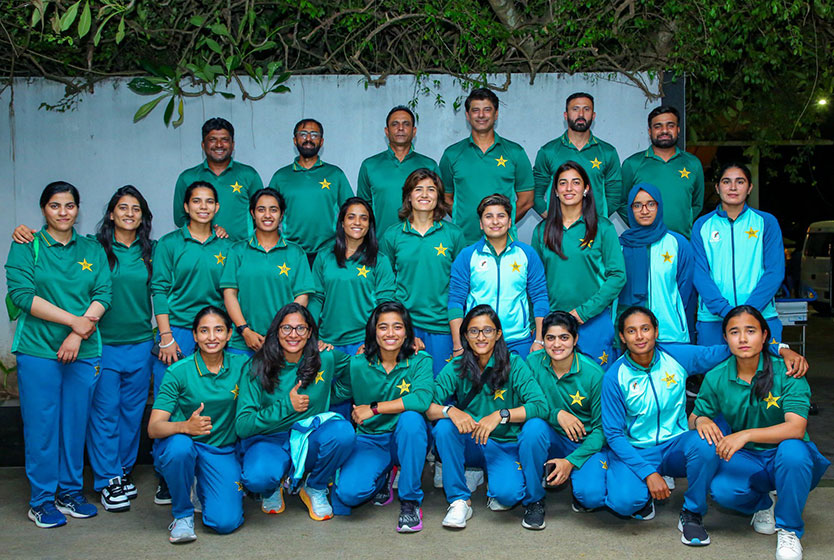
A Preview of Pakistan at the 2024 Women’s Asia Cup
One can write the date of every day that has passed since the conception of Pakistan’s women’s cricket team on a separate piece of paper each, put all those thousands of pieces of paper in a hat, and pull a day out at random. Chances are, that day would have been a difficult day to be a follower of Pakistan’s women’s cricket. All of this is to say – it’s been a strange year so far, with retirements we couldn’t afford and complications we have unfortunately come to expect.
Our last Asia Cup campaign was memorable for reasons both good and bad – we faced a shock defeat against Thailand (bad), thwarted India the very next day (good), made it to the semi-finals (great), and were knocked out of the tournament with a heartbreaking one-run defeat (the worst). But as we have it, a new tournament is a new beginning, so this is an assessment of Pakistan’s standing and chances before we dive right into it.
Starting on Friday, 19th July, the tournament will take place in the Rangiri Dambulla International Stadium in Sri Lanka. It will be contested between eight teams – the four full-member ICC nations: Pakistan, India, Sri Lanka, and Bangladesh, as well as the semi-finalists and finalists from the Women’s Premier Cup – UAE, Thailand, Malaysia and Nepal.
It should be noted that the stadium hosted its only WT20Is in a three-match India vs. Sri Lanka series in 2022. In this series, where the overall run rate was around 6.6, the chasing side won twice, and scores in the 130-140 range may indicate that the wicket won’t be too slow. However, the sample size of these games is too small for there to be any conclusive predictions to be made for the surface. Considering men’s T20is to gather a better idea would result in a similar dilemma, as the only T20 series played on the ground was Afghanistan vs. Sri Lanka earlier this year, where the team batting first won all 3 games. The Dambulla leg of the ongoing LPL might provide a better approximation of the wicket – it has been a relatively high-scoring affair, with an average first-innings score of 191 and the chasing team winning six out of nine times. Should a similar surface be used for this particular tournament, teams can expect a better batting surface than what previous international matches in the venue would predict.
The year in T20Is + Coaching Set-up
Pakistan has had a less-than-satisfactory year in T20Is – following the whitewash triumph of South Africa at home and a series win against New Zealand away last year, 2024 has seen the team win just one of their eight matches played in the format, owing to successive series defeats against the West Indies and England. While these disappointing results may be a result of inconsistent role allotment and perhaps a lack of intent across aspects of the game, they can also be attributed to the uncertainty the girls operate from. With PCB having gone through several upheavals in the past two years and the women’s team operating under an interim coaching system for the past year, it would not be remiss to attribute some of the lack in the girls’ luster to the absence of a consistent, dedicated team working with them.
After a year of the women’s side being managed by an interim set-up, the PCB announced a series of appointments late last month, including Mohammad Wasim as head coach and Abdul Rehman and Junaid Khan as spin and fast-bowling coaches, respectively. Furthermore, Waleed Ahmed is appointed data analyst. With a definitively appointed managerial and coaching staff, one can expect tournament-specific and situation-based planning for the occasion, something that has been missing from Pakistan’s T20 set-up as of late.
Squad
Inclusions, Exclusions, and Pakistan’s Bismah-shaped hole
The named squad marks the return of Omaima Sohail, Iram Javed, and Syeda Aroob Shah into the side, who last played for Pakistan in December, October, and September 2023, respectively. While the lack of recent experience in these inclusions may be a cause of concern, the all-round prowess of Aroob Shah can be promising for the depth of the side, while the inclusion of Iram’s experience may somewhat aid in filling the lack of stability and durability that Pakistan’s line-up may face with the absence of Bismah Maroof, something I will touch upon later. Tasmia Rubab, a left-arm pacer has also received her maiden call-up to the International side. Being one of Pakistan’s brightest new pace prospects, Tasmia has had a good year on the domestic level, taking 16 and 4 wickets in the National Women’s ODI and T20 cups, respectively. These many wholesale changes to a squad are not something typical to Pakistan’s set-up, and combined with the upheaval of the coaching staff, it might reflect a larger shake-up of perspective and intention going into the tournament.
Exclusions from the squad include Ayesha Zafar, Natalia Parvaiz, Rameen Shamim, Waheeda Akhtar, and, notably, Sadaf Shamas and Umm-e-Hani. While Sadaf displayed intent and promise as part of the top-order in the T20is against England last month, making her absence from this squad a prominent question, Umm-e-Hani has been a reliable spin option for the side, particularly for containment purposes, having bowled with an economy of 5.26 for the last year along with her four wickets.
However, opting to let go of Sadaf and Ayesha means reducing the number of openers traveling with the squad (a number that reached up to 5 last month), which allows the construction of potential playing XIs to be flexible and not quite so top-heavy. Muneeba, who has started in every T20I Pakistan has played since 2022, offers flexibility in the top order. That, as well as her ability to bat in the middle order, opens up further possibilities. However, with Najiha Alvi having settled herself as the primary wicket-keeper-batting option and with Muneeba’s position being subject to constant movement, it might be best for Muneeba to be slotted as an opener or number 3 to prevent any confusion in the building of the XI.
A reason why I believe Muneeba’s place in the XI has increased tenfold in importance is Javeria Khan and Bismah’s twin retirements earlier this year. The absence of Bismah, Pakistan’s almost-permanent No.3, not only means an absence of lots of runs and years of experience but also a general sense of calmness and structure. It would only make sense, then, for the responsibility of gluing the line-up together to fall on Muneeba, one of our best batters. This is also where captain Nida Dar and senior Aliya Riaz’s experience comes into play. While the captain has not had the most prolific year in T20Is (94 runs at 15.7/102.2 with the bat and 10 wickets at 7.84 RPO with the ball), being a trusty no.4, Pakistan will expect her to step up. Aliya has also been less than her optimal self with the bat this year (75 runs at 18.6/105.6), though part of that can be attributed to being constantly played against the West Indies at home when conditions called for her to not, and she showed considerable return to form during the England series. Come a new tournament, Pakistan’s most reliable players should be trusted to do well.
Spinning Out
Continuing what has been the trend for Pakistan’s T20 bowling line-ups for a while, the squad is spin-heavy, with Sadia Iqbal, Nashra Sandhu, and Tuba Hassan being Pakistan’s main spin options. The captain, who, as the numbers suggest, has done fairly well this year (10 wickets at 7.84), remains another off-spin option, whereas the inclusion of Aroob Shah and Omaima Sohail equips Pakistan in this regard further. Diana and Fatima remain Pakistan’s primary pace options, and Pakistan should look forward to Diana’s prowess at the death and hope that Fatima stays injury-free and in form throughout. Tasmia Rubab is the squad’s latest fast-bowling addition, and having a left-arm pacer in the side should hopefully provide a new dimension to Pakistan’s bowling depth. While Nida, Aliya, Omaima, and Aroob are Pakistan’s main all-round options, Fatima Sana proved to be indispensable with the bat in the series against New Zealand. However, it was Tuba Hassan who had an unprecedented run with the bat for a bowler during the National Women’s T20 Cup, scoring 267 runs across 9 innings. The batting potential in Pakistan’s bowling line-up is promising for Pakistan’s prospects and hypothetically improves the batting depth of the XI, an indispensable positive while going into a T20 tournament with potentially ambivalent conditions.
Overall, it’s important that Pakistan does not fixate too much on the losses that have passed this year and look ahead to the two major tournaments that are to follow. The changes in Pakistan’s core and management appear refreshing, and one can hope that the set of results to follow is refreshing as well.
Schedule
Pakistan vs India – Fri, 19th July, 7 PM (6:30 PM Pakistan time)
Pakistan vs Nepal – Sun, 21st July, 7 PM (6:30 PM Pakistan time)
Pakistan vs UAE – Tues, 23rd July, 2 PM (1:30 PM Pakistan time)

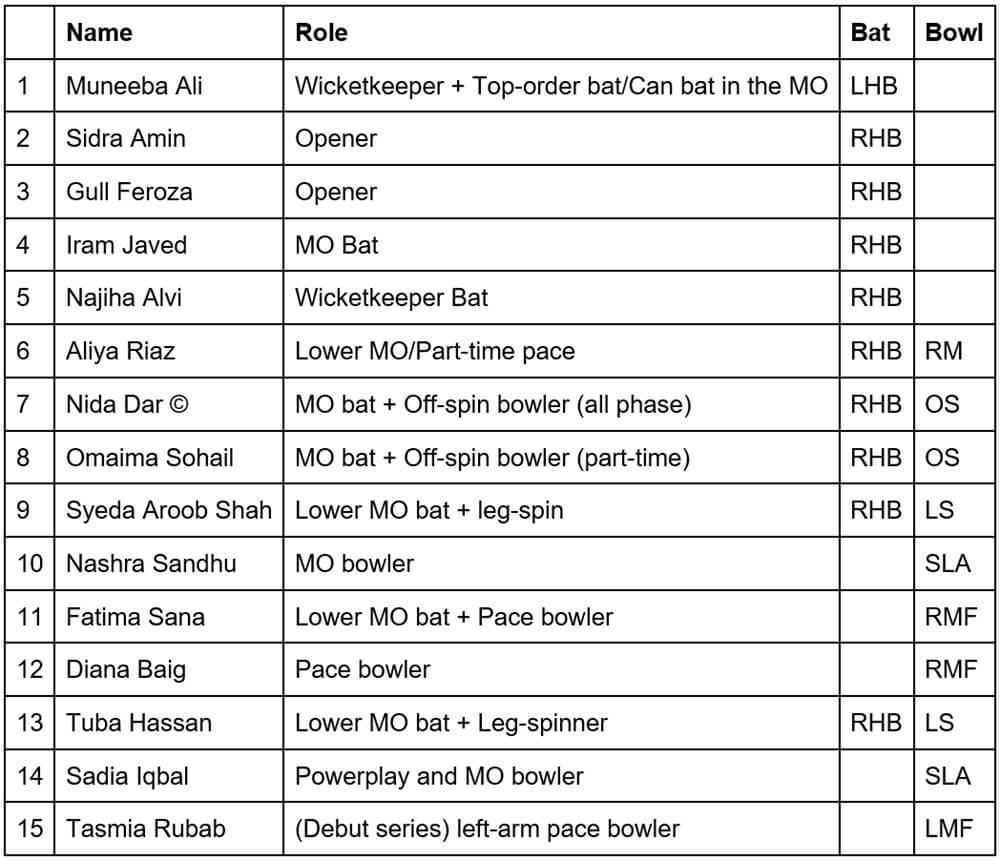
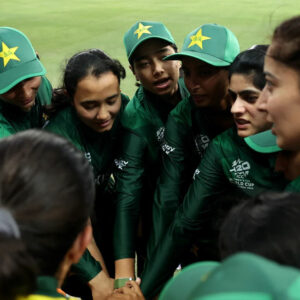

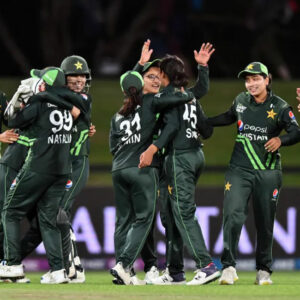


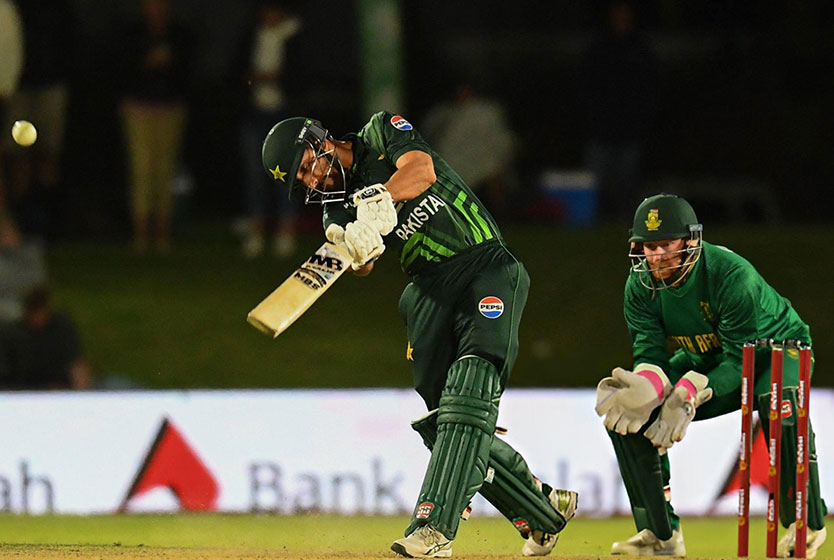
Leave a Reply